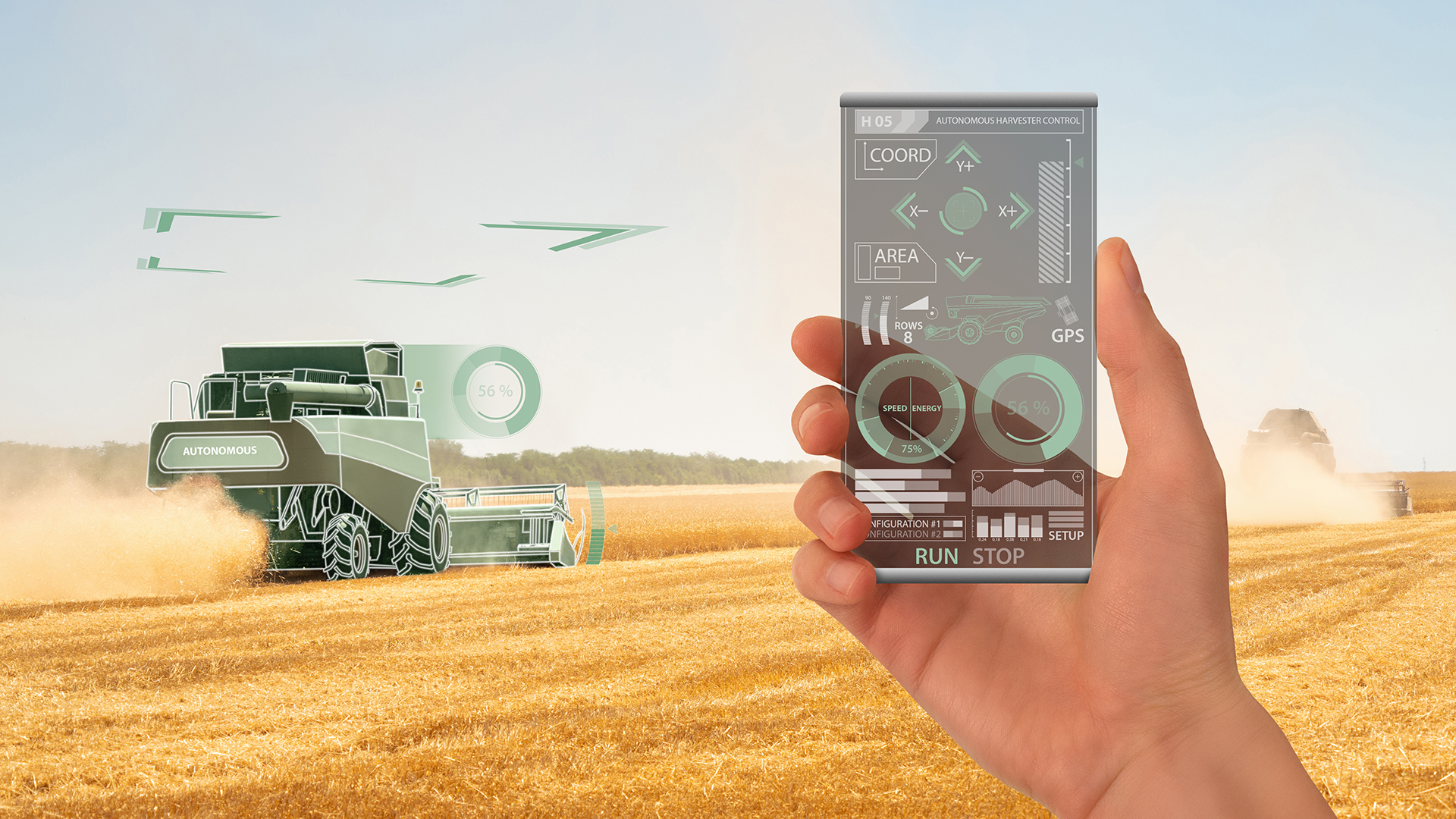Designing the future of Agriculture through Technology in 2023 | Outworks Solutions
Agriculture is one of the oldest professions known to humanity. It began over 10,000 years ago across several areas of the world. Beforehand humans were hunters – killing wild creatures and gathering wild fruits and roots. As humans evolved, so did cultivation.
As we are aware, agriculture has evolved remarkably from the severities stage of the 1920s to the mechanized agriculture stage of the green revolution (until 2010). Now, in the coming age of Agri 4.0 marked the acceptance of digital technologies for adding product and farm inflows.
In recent times, farming is witnessing the penetration of technology and Artificial Intelligence (AI) in the sector, be it drones, climatic predictors, automated machines, AI-enabled planting and weeding, automated irrigation, and harvesting.
AI works in areas similar to soil testing and analysis, suitable topography for crop safety, and creating many social platforms for agriculturalists to interact.
Some of the key game changers of Agri 4.0 are:
Urban Farming - Adopting indoor vertical farming
Indoor vertical farming can increase crop yields, overcome limited land area, and reduce the impact on the terrain by cutting down the distance travelled in the supply chain. Indoor vertical farming is a practice of growing yields piled one above another in secured and controlled habitat. Growing shelves mounted upright significantly reduces the portion of land space required to grow crops compared to traditional farming styles.
Farm Automation
Farm automation, frequently associated with Smart Farming, is a technology that makes farms more effective and automates the crop or product cycle. Many companies are working on robotics inventions to develop drones, independent tractors, robotic harvesters, automatic sprinklers, and sowing robots. Although these technologies are new, the sector has seen multiple traditional agriculture companies borrow farm automation into their processes.
Farm automation technology addresses issues of the rising global population, farm labour absences, and changing consumer preferences.
Precision farming
Farmers' inflow increased by optimizing the crops and costs saved to the maximum extent. Many tech companies pitch hardware and provide tech solutions to help agriculturalists take preventative measures before a possible pest attack to retain their crops. Tools capture data related to humidity, soil conditions, rainfall, nutrients, etc., micro level. Farmers are supposed to use agrochemicals or fertilizers only in specific areas and not entire land.
It would save their input cost as well as the fertility of the soil.
Artificial Intelligence
The rise of digital agriculture and its technologies has opened a wealth of new data openings. Remote detectors, satellites, and UAVs can gather information 24 hours a day over an entire field. These can cover plant health, soil condition, temperature, moisture, etc. The portion of data these detectors can induce is intriguing, and the significance of the quantity concealed in the avalanche of that data.
The idea is to allow farmers to understand the situation on the ground through advanced technology (similar to remote sensing) that can tell them about their situation than they can see with the naked eye. And not just directly but more quickly than seeing it walking or driving through the fields.
Because of the positive impact, the agriculture community is inclined to work with digital tools, platforms and ways to increase yield profitability and reduce costs. The usage of smartphones and more affordable internet have formerly created a suitable ground for the agri-tech sector. Some agri-tech start-ups are working in this area and developing similar technology that enables farmers to get remuneration, farming advice, marketing, climatic changes, and online selling and buying agricultural products.
Outworks Solutions has been implementing technology solutions whether it is upgrading the infrastructure or developing applications to implement a go-to-market strategy.



Comments
Post a Comment